Planning your dream trip to Japan?
Don’t let common mistakes ruin it.
We analyzed over 1,600 travelers’ regrets shared on reddit to bring you the top 10 Japan travel pitfalls—and simple ways to avoid them.
Travel smarter, save time and money, and make unforgettable memories.
Japan travel regrets: What wasn’t worth it for you?
byu/tokusa0 inJapanTravelTips
1. Overpacked Itinerary / Trying to See Too Much (52 mentions)
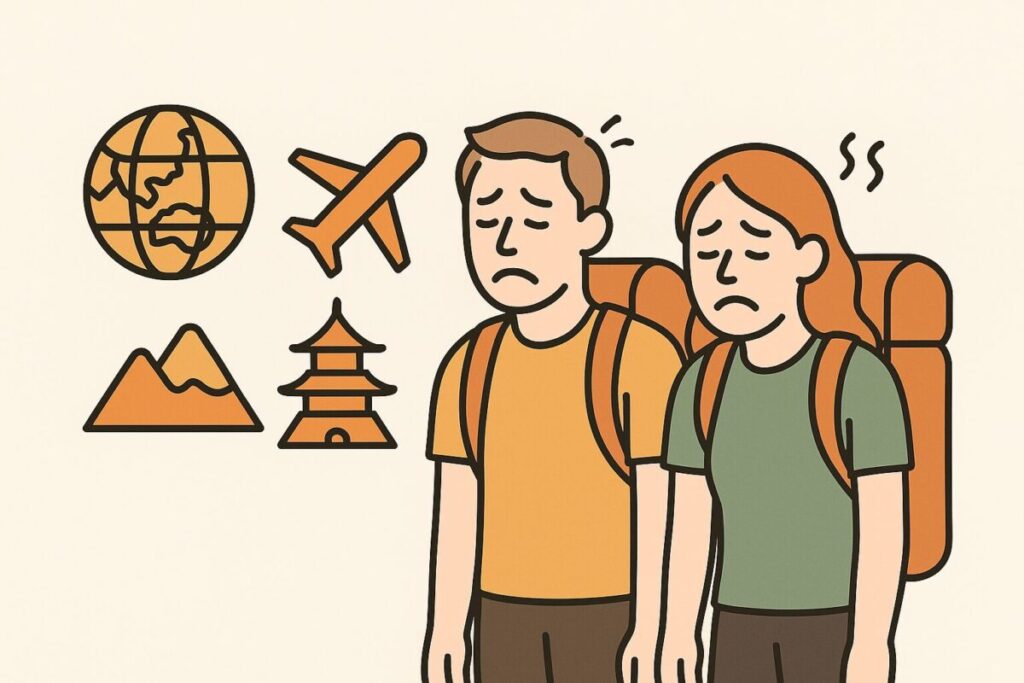
One of the most common regrets travelers shared was trying to squeeze too many cities or attractions into a short trip.
With Japan’s incredible train system, it can feel like you should see everything—but in reality, rushing from place to place often leaves you tired and unable to truly enjoy the experience.
Why it happens
It’s easy to dream of checking Kyoto, Osaka, Hiroshima, Tokyo, and other must-see spots off your list in one visit.
But trying to cover too much in one itinerary can turn your exciting adventure into a stressful race.
How to avoid it
When planning your Japan itinerary, focus on fewer regions and give yourself time to explore at a comfortable pace.
For a 7–10 day trip, visiting 2–3 cities is usually the perfect balance. Remember, some of the best moments in Japan come from unplanned discoveries—wandering side streets, finding a cozy café, or lingering at a temple longer than planned.
Taking it slow not only helps you enjoy each place, but also makes your trip more memorable and relaxing. This is one of the most important Japan travel tips for first-timers: quality over quantity always wins.
Representative comments:
“I was in Japan for 10 days but tried to visit Tokyo, Kyoto, Osaka, Hiroshima, and Fukuoka. I spent more time on trains than exploring.”
“Looking back, I wish I had just focused on Kansai instead of bouncing all over.”
“We wanted to check every box, but it left us exhausted and cranky.”
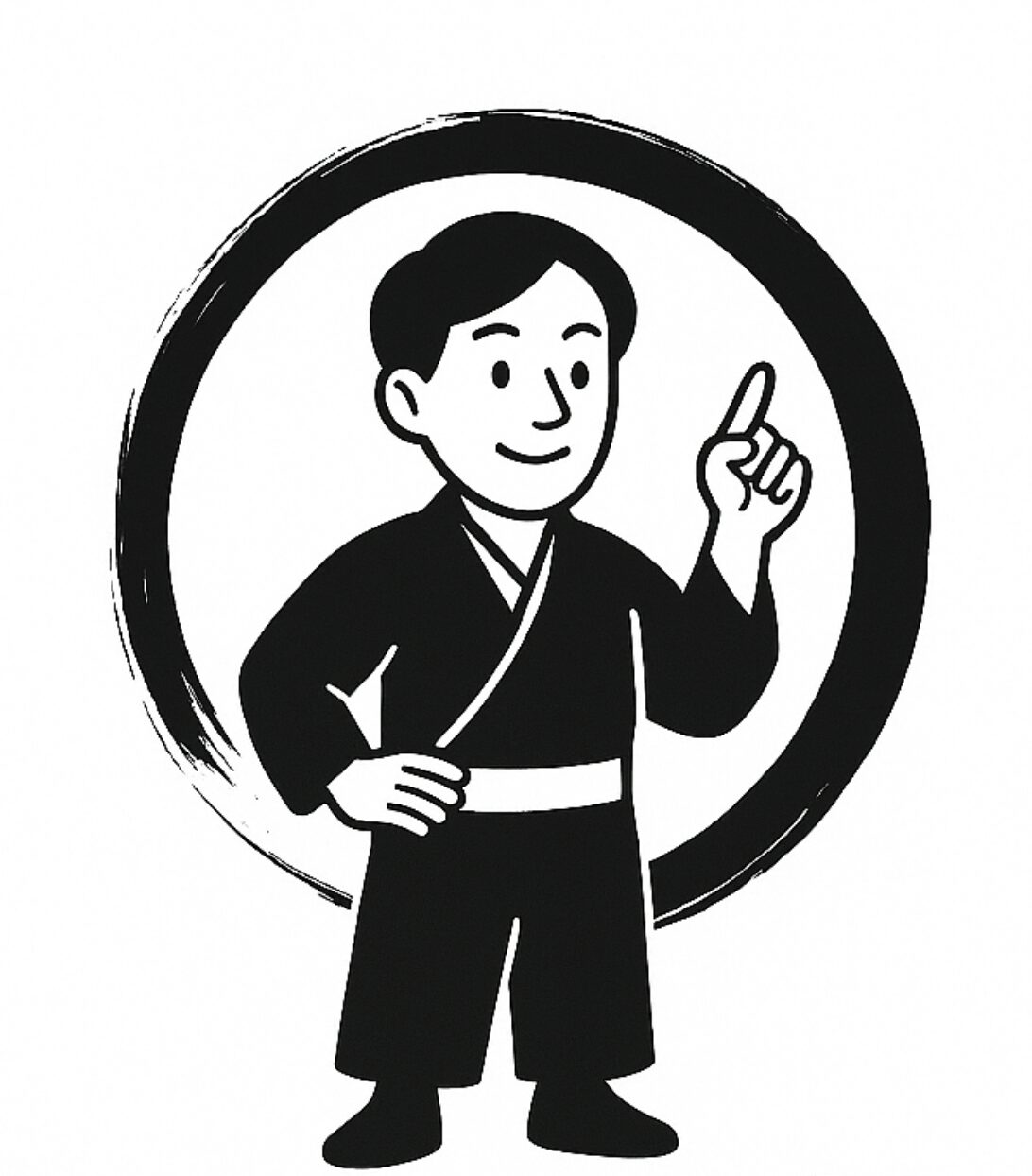 Flo
FloInstead of rushing through too many cities, staying at a hotel near major stations will save you time and energy. Find well-located hotels on Trip.com for a more relaxed itinerary.
2. Visiting Overhyped Tourist Traps (48 mentions)
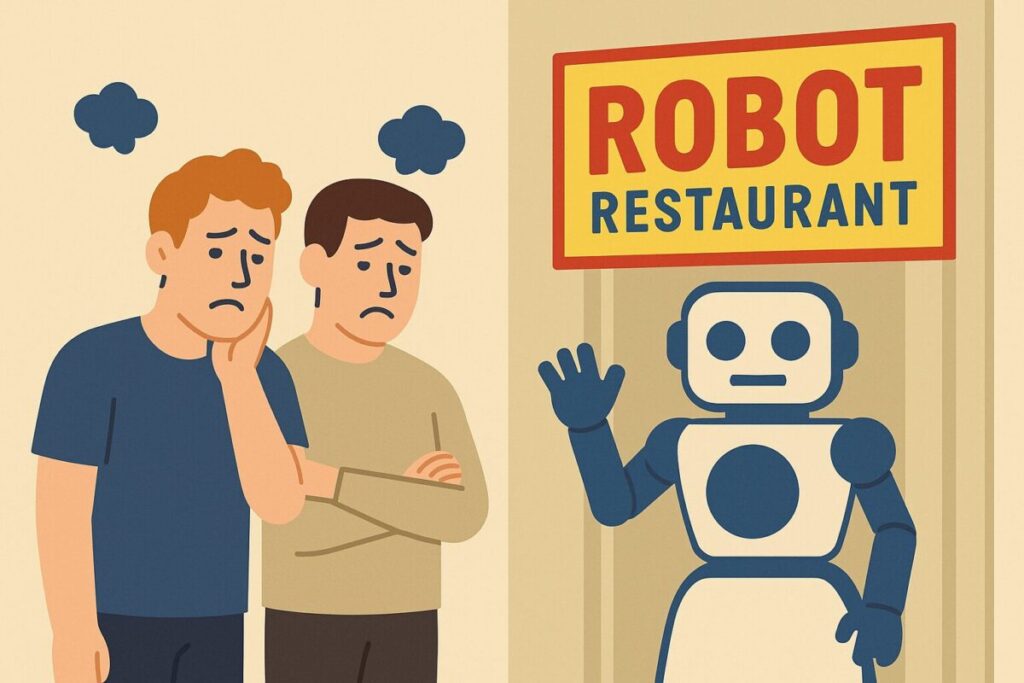

A lot of travelers shared that some famous attractions didn’t live up to their expectations. Spots like the Robot Restaurant or Shibuya Sky often looked amazing online but felt overpriced, overcrowded, or simply underwhelming in person.
Why it happens
Social media makes certain places seem like must-see destinations. Eye-catching videos and photos can raise expectations unrealistically.
How to avoid it
When planning your Japan itinerary, do more research than just Instagram or TikTok. Read recent reviews on travel forums or blogs by people who have visited recently. Consider asking locals or experienced travelers for recommendations on authentic and meaningful experiences that might not be as flashy but offer a deeper connection to Japanese culture.
Remember: Japan is full of hidden gems, and skipping overhyped spots can free up time for places that better match your interests.
“Robot Restaurant was overpriced and cheesy. Huge regret.”
“TeamLab was cool, but not worth the insane crowds.”
“I expected Shibuya Sky to be a transformative experience but it was just a busy observation deck.”



Some of these spots are fun for photos, but locals rarely visit them. Focus on places with cultural depth instead
3. Visiting During Golden Week or Peak Holidays (36 mentions)
Many visitors were surprised by how crowded and expensive Japan can get during Golden Week, Obon, or cherry blossom season. These peak times are popular both with tourists and locals, which can make travel stressful.
Why it happens
Famous events like cherry blossoms or national holidays naturally attract travelers hoping for iconic experiences.
How to avoid it
If you can, plan your trip during Japan’s shoulder seasons—late May to early June, or September to early December. These periods offer pleasant weather, fewer crowds, and often better prices on accommodations and activities.
Not only will you enjoy a more relaxed trip, but you’ll also see a different, often more authentic side of Japan.



Even we locals avoid traveling during Golden Week—hotels and trains fill up, and prices spike.
Representative comments:
“Golden Week was a nightmare. Couldn’t get reservations anywhere.”
“We spent 3 hours queuing for ramen.”
“Cherry blossoms were beautiful, but I couldn’t enjoy them with the throngs of people.”
4. Overspending on Taxis / Transportation Mistakes (33 mentions)
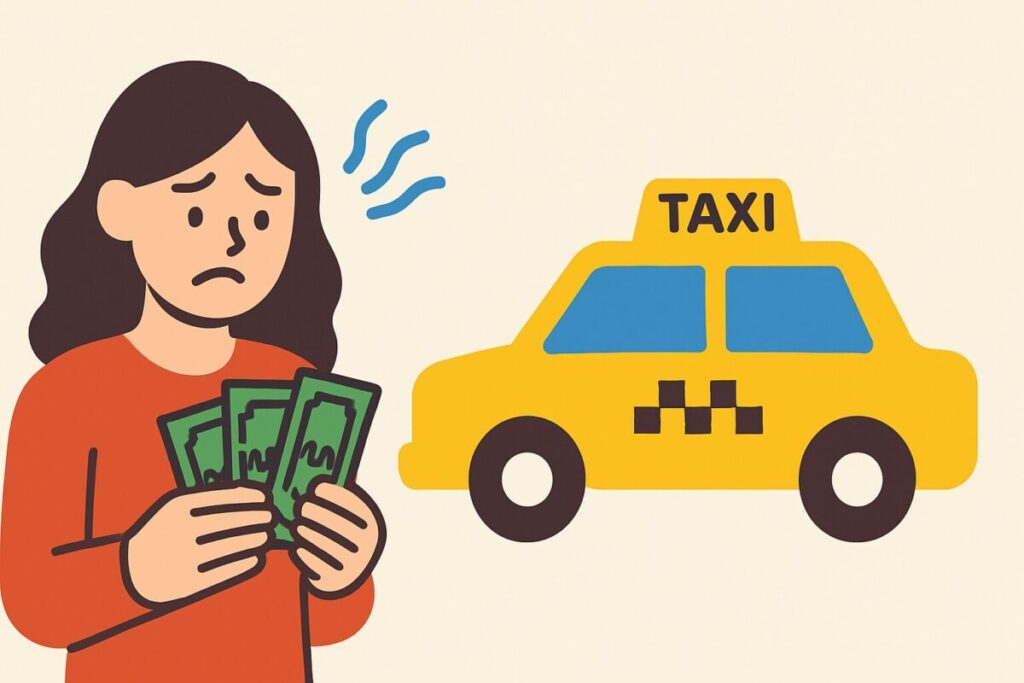

Some travelers regretted spending too much on taxis or buying a Japan Rail Pass they barely used. Without good planning, transportation costs can quickly add up.
Why it happens
Long flights can leave you exhausted, and navigating Japan’s train system can seem intimidating at first—making taxis or random ticket purchases feel like the easiest option.
How to avoid it
Use apps like Google Maps or Navitime for detailed train routes and schedules. Before you buy a JR Pass, check if your itinerary justifies the cost; sometimes regional passes or individual tickets are cheaper. For airport transfers, look into airport buses or express trains, which are reliable and much more affordable than taxis.



Taxis are expensive in Japan. If you have luggage, pre-book an airport limousine bus or get your JR Pass in advance on Klook for easy, affordable travel.
Representative comments:
“Spent $150 on a taxi from Narita because I was too tired to figure out trains.”
“Bought a JR Pass but barely used it.”
“Took local trains when express options would have saved me hours.”
5. Poor Accommodation Choices (29 mentions)
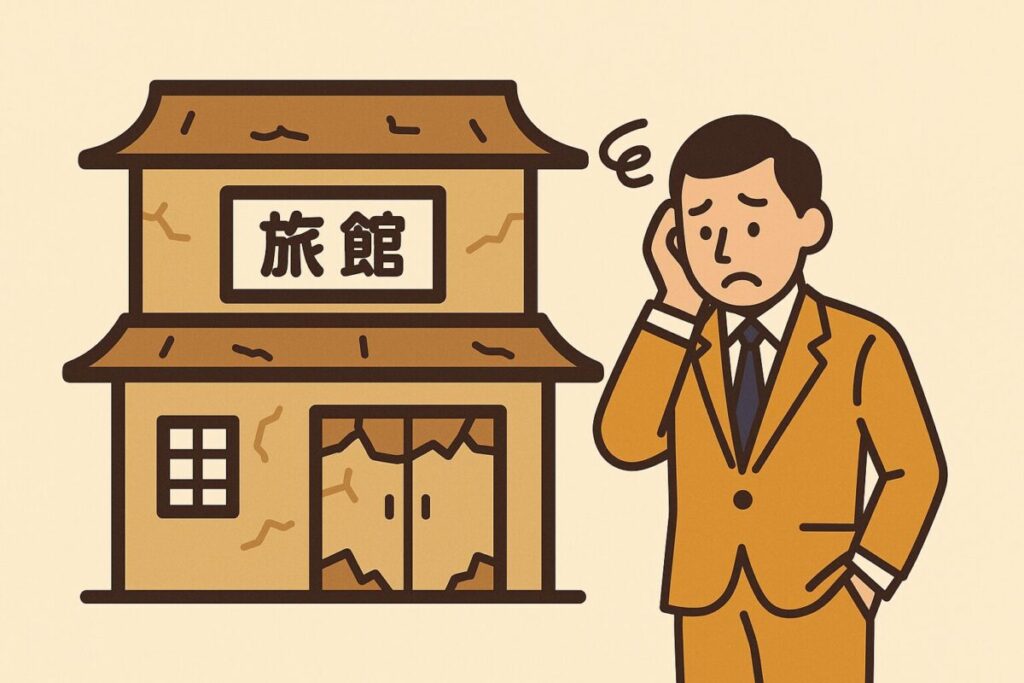

Many travelers shared regrets about booking hotels that were far from train stations or in inconvenient neighborhoods, which cost them precious time.
Why it happens:
Choosing the cheapest hotel without researching its location can seem like a money-saver, but long commutes to attractions can end up costing more in transportation and time.
How to avoid it
Pick accommodations near major stations or in central areas of cities you plan to explore.
This makes it easy to get around and gives you flexibility for day trips or late-night outings. Reading recent reviews and checking Google Maps for distance to train lines can save you a lot of hassle.



Japan’s hotels can have quirks like curfews or shared bathrooms—read reviews carefully before booking.
Representative comments:
“I booked a cheap ryokan but didn’t realize it had a 10 pm curfew.”
“Stayed far from Kyoto Station and wasted so much time commuting.”
“My capsule hotel was cramped and noisy. Cool idea, bad sleep.”
6. Rushing or Skipping Meals (27 mentions)
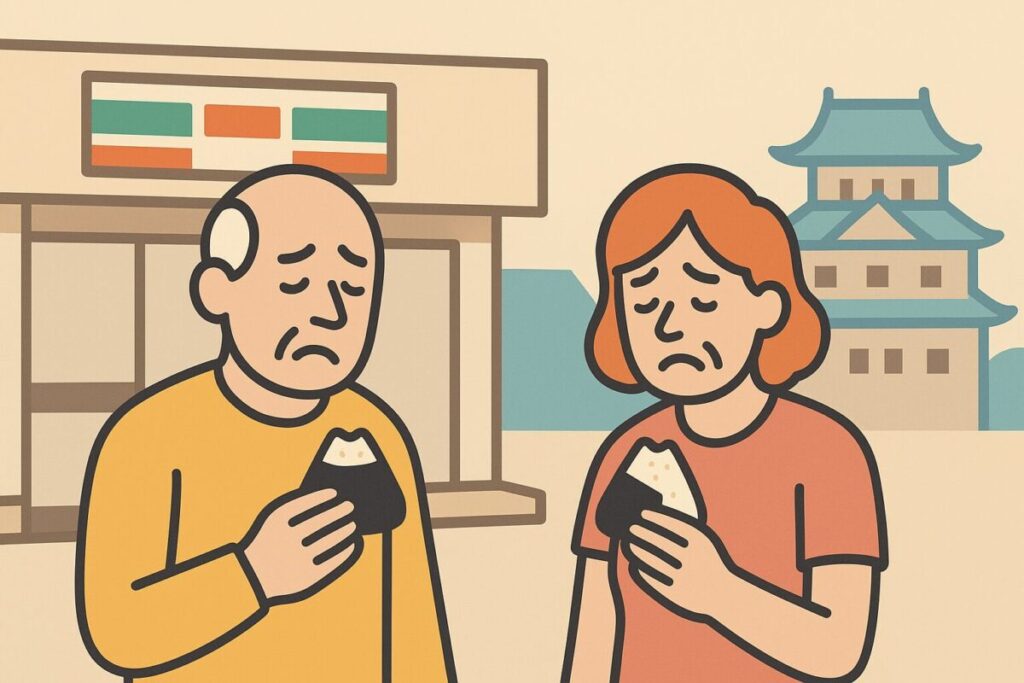

Some travelers ended up eating only convenience store food or skipping meals to keep up with tight schedules—missing out on one of Japan’s biggest highlights: its incredible cuisine.
Why it happens
Busy itineraries, fear of ordering in Japanese, or not budgeting enough time for meals.
How to avoid it:
Schedule time for sit-down meals.Many restaurants have English or picture menus, and department store food floors (depachika) are fantastic places to sample a variety of Japanese dishes without stress. Enjoying meals is a key part of Japanese culture—and your trip.



Food is central to Japanese culture—slow down and savor meals; it’s worth it.
Representative comments:
“I wish I had slowed down to enjoy ramen shops instead of konbini sandwiches.”
“Regret not trying kaiseki dinner in Kyoto.”
“Skipped meals to make trains. Big mistake.”
7. Shopping Regrets (23 mentions)
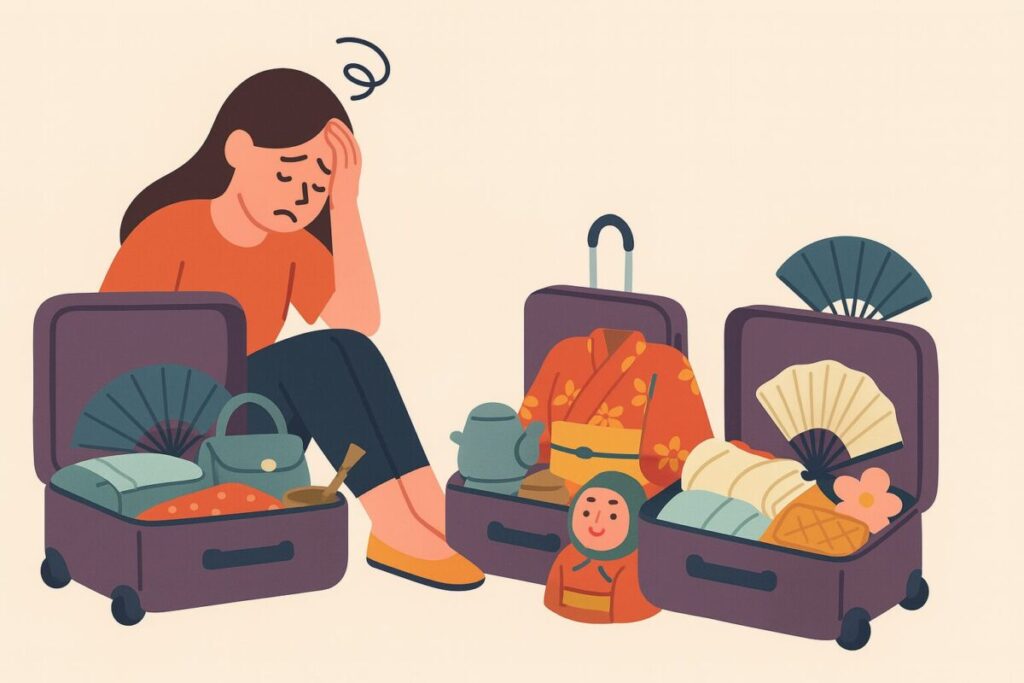

Several travelers shared stories of spending more than they planned on souvenirs, cute character goods, or electronics they didn’t really need. These purchases often filled up luggage space and budgets unnecessarily.
Why it happens
Japan’s vibrant shopping districts are filled with unique, tempting items you don’t see anywhere else—making it easy to get carried away.
How to avoid it
Set a shopping budget before your trip and sleep on bigger purchases so you can decide if you really want them. Compare prices at different stores, and be mindful of how much room you have in your suitcase. Remember: you can always come back or even order some items online later.



It’s easy to go overboard shopping in Japan—set a budget before you hit the stores.
Representative comments:
“Spent way too much on Hello Kitty souvenirs.”
“Regret buying a Japanese toilet seat I couldn’t install at home.”
“My suitcase was full of cute crap I didn’t need.”
8. Underestimating Travel Fatigue / Jet Lag (21 mentions)
Some travelers tried to jump straight into sightseeing after a long flight, only to find themselves exhausted and unable to enjoy their first days in Japan.
Why it happens
The excitement of finally arriving in Japan makes it tempting to hit the ground running, but long flights, time zone differences, and busy airports take a toll.
How to avoid it
Plan an easy first day with low-key activities or a relaxing evening. Consider booking a hotel near the airport or your first destination’s station so you don’t have to deal with complex transfers while jet-lagged. Give yourself time to rest and adjust to local time—you’ll enjoy your trip much more.



Even domestic travelers in Japan plan downtime when arriving from far distances—take it slow on your first day.
Representative comments:
“First day was a blur. Should have rested instead of going straight to Shibuya.”
“I spent the first two days in a fog from jet lag.”
“Couldn’t enjoy Tokyo Disneyland because I was exhausted.”
9. Missed or Rushed Cultural Experiences (19 mentions)
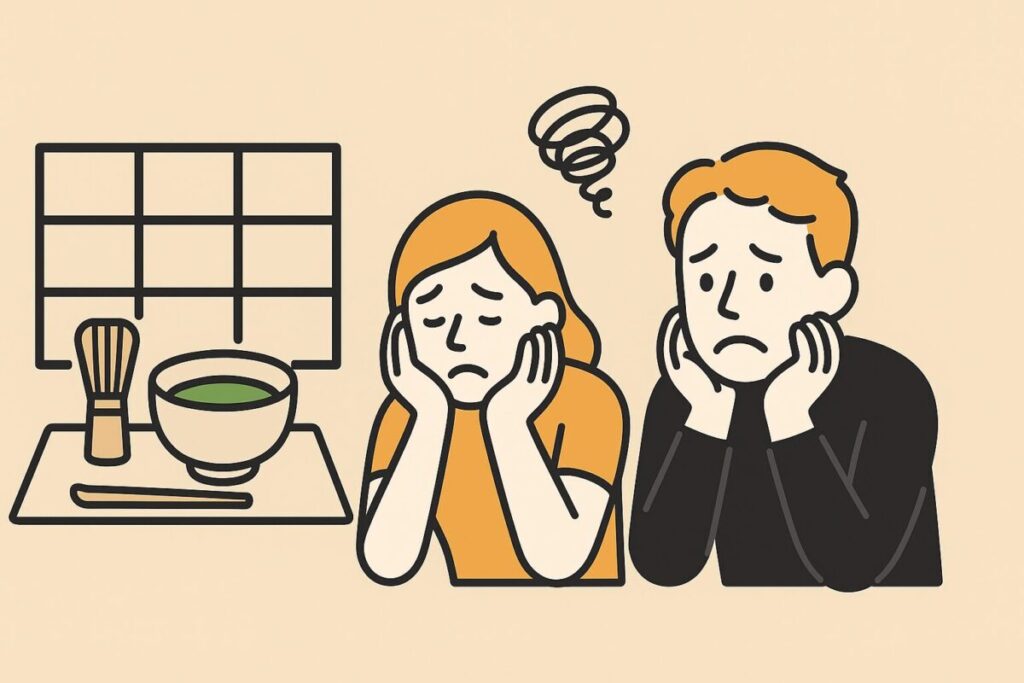

Many travelers regretted skipping immersive cultural experiences—like tea ceremonies, onsen stays, or taking time to learn etiquette at shrines—in favor of quickly checking off more sights.
Why it happens
With so many famous places to see, it can feel like you have to move quickly from one to the next.
How to avoid it
Prioritize a few cultural activities and experience them fully. Book a tea ceremony, cooking class, or traditional craft workshop to create deeper, lasting memories.
These activities not only teach you about Japanese culture but also give you a chance to slow down and connect with locals.



For a richer experience, book a cultural activity or guided tour on Klook — tea ceremonies, cooking classes, or traditional arts can make your trip unforgettable.
Representative comments:
“Wish I did a tea ceremony instead of just seeing temples.”
“Didn’t understand purification rituals at shrines.”
“Regret not spending time at a ryokan onsen.”
10. Language Barrier Frustrations (15 mentions)
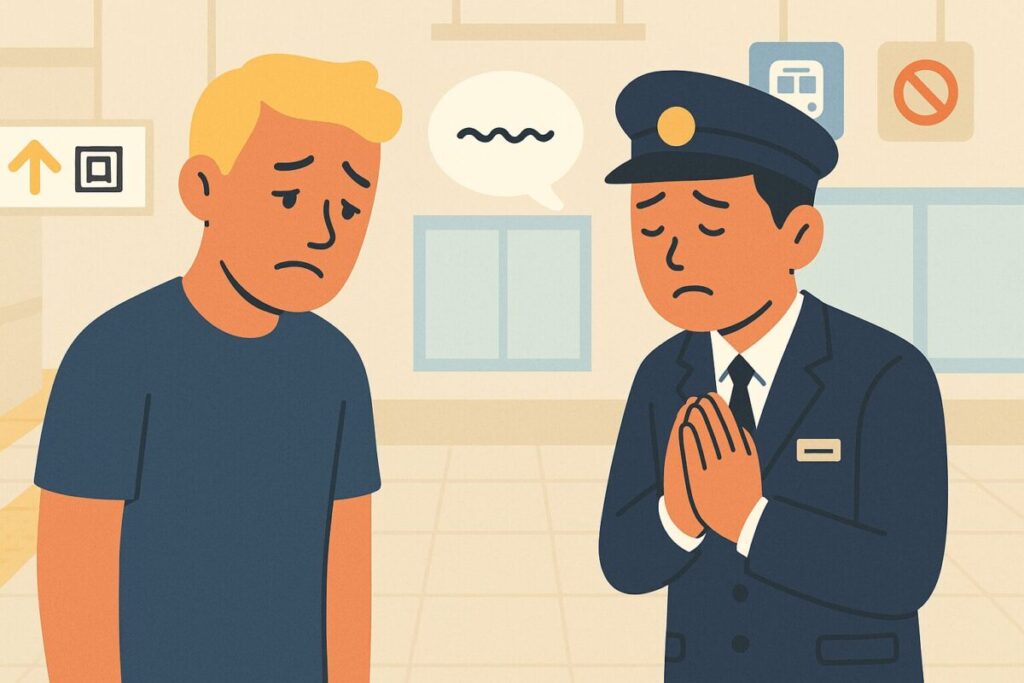

Some travelers felt intimidated by the language barrier, which kept them from going into local restaurants or made them nervous about using public transportation.
Why it happens
Japan has a lower level of English fluency than many expect, and fear of making mistakes can hold travelers back from exploring more authentic spots.
How to avoid it
Learn a few simple Japanese phrases before your trip and download a translation app. Don’t hesitate to point or use gestures—Japanese people are kind and appreciate visitors who try. Embracing small communication challenges can lead to wonderful experiences.



Don’t worry about perfect Japanese—just learn a few basic phrases and download a translation app. Locals will appreciate your effort, and you’ll feel more comfortable exploring new places.
Representative comments:
“I was in Japan for 10 days but tried to visit Tokyo, Kyoto, Osaka, Hiroshima, and Fukuoka. I spent more time on trains than exploring.”
“Looking back, I wish I had just focused on Kansai instead of bouncing all over.”
“We wanted to check every box, but it left us exhausted and cranky.”
Top 3 Most Upvoted Regrets from Japan Travelers
When planning your Japan itinerary, it’s just as important to know what to skip as it is to know what to see. Based on real traveler experiences from a popular Reddit thread, here are the top three activities or sights travelers most regretted spending time on — and what you should know before adding them to your list.
1) Osaka Castle Interior: A Modern Museum Disappointment
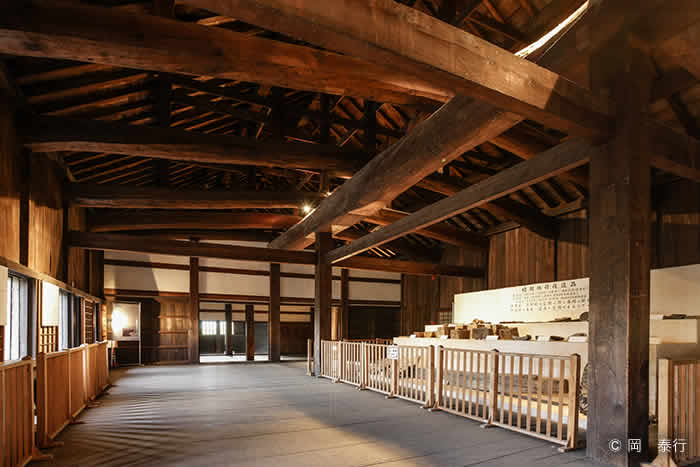

[Score: 806] Inside of Osaka castle.
flo’s note: The exterior of Osaka Castle is undeniably impressive, with its grand architecture and beautiful park surroundings. However, many travelers felt let down after stepping inside, finding a modern museum that lacks the historical atmosphere they expected. Unless you’re particularly interested in museum-style exhibits, you may prefer enjoying the castle’s exterior and gardens instead of paying to enter.
2) Arashiyama Bamboo Forest: Overrated and Overcrowded
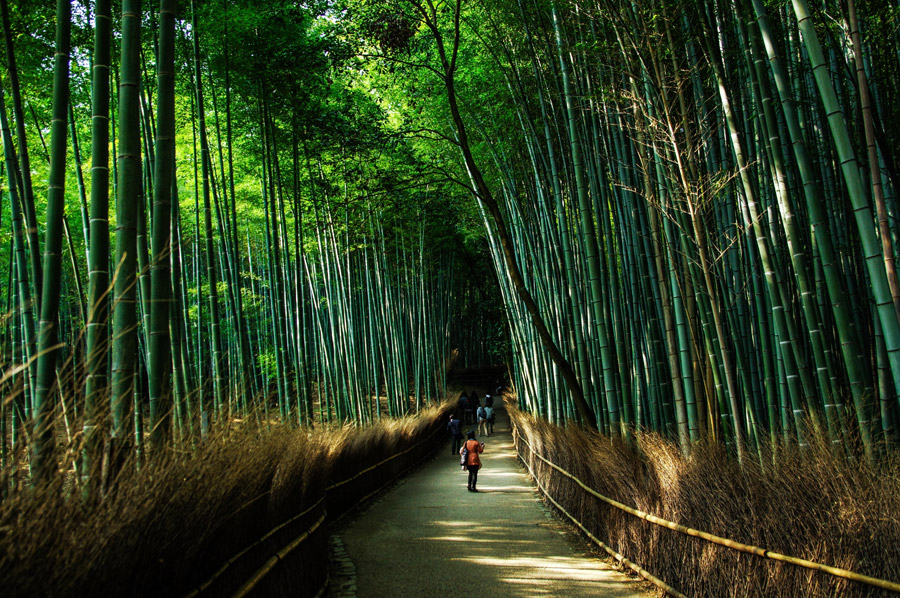

[Score: 484] Arashiyama bamboo forest is overrated and underwhelming.
flo’s note: While Arashiyama’s bamboo grove looks enchanting in photos, many visitors reported feeling underwhelmed due to the short length of the path and the constant crowds that make it difficult to enjoy peacefully. Interestingly, several travelers noted that the scenery around Togetsukyo Bridge offers more memorable views than the bamboo itself. For a more serene experience, consider visiting early in the morning or exploring the less-touristy paths in the area.
3) Maid Cafes: Awkward and Uncomfortable for Some
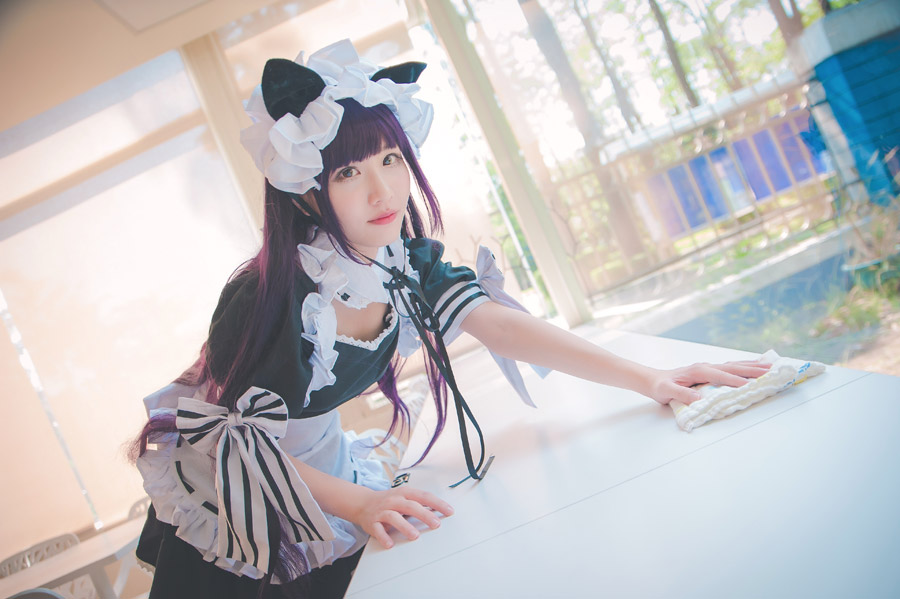

[Score: 202] For me it was probably maid cafes. I’m just too introverted to play along.
flo’s note: Maid cafes are a unique part of Japan’s pop culture, but they’re not for everyone. Many introverted travelers or those unfamiliar with otaku culture found the experience awkward and uncomfortable, unable to fully participate in the playful interactions with the maids. If you’re curious but hesitant, it may help to read reviews or watch videos beforehand to decide if it’s your kind of fun — or better left off your itinerary.
Local Insights: 3 Things You’re Likely to Regret in Japan
Settling for Cheap Chain Sushi or Ramen
Many visitors get excited about trying sushi or ramen in Japan and end up going to the cheapest chain restaurants they see. While these spots are fine for a quick bite, they often leave travelers disappointed and thinking “Is this what Japanese sushi/ramen is like?” In reality, spending a bit more on a quality, locally loved shop will give you a much richer, more memorable culinary experience. Don’t let your first taste of Japan’s iconic foods come from a budget chain.


Doing a Day Trip to Kawaguchiko Just to See Mt. Fuji
Seeing Mt. Fuji is on almost every traveler’s bucket list, but many try to squeeze in a day trip from Tokyo to Kawaguchiko. The problem is, Mt. Fuji is often hidden by clouds, and if you only have one day, you might go home without even catching a glimpse. I always recommend staying overnight — you’ll not only increase your chances of seeing the mountain at sunrise but also have time to enjoy the hot springs, lakeside views, and local atmosphere without feeling rushed.
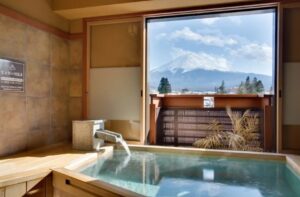

Visiting Tokyo Disneyland When You’re Already Exhausted
Tokyo Disneyland and DisneySea are amazing, but they’re physically demanding — you’ll walk miles and stand in long lines all day. Many travelers try to fit a Disney visit on their arrival day or after a packed travel schedule, only to find themselves too tired to enjoy it. If you plan to go, schedule it early in your trip when you have the most energy, and consider staying nearby to make the most of your time in the parks.
Final Reminder: Don’t Overpack Your Schedule — Slow Travel Wins in Japan
The biggest regret we saw repeated again and again?
Trying to do too much in too little time.
Many travelers who crammed too many cities, attractions, or activities into a short trip said they spent more time rushing between places than actually enjoying them.
Japan has so much to offer — from historical temples to vibrant city life, incredible food, and breathtaking nature — but trying to see it all in one visit will only leave you exhausted and frustrated. Instead:
- Prioritize a few places and experience them deeply.
- Give yourself more days than you think you’ll need, or split your plans into multiple trips.
- Accept that you can’t see everything at once — and that’s okay.
Taking it slow will let you appreciate each destination, discover hidden gems, and create unforgettable memories. Travel in Japan is a marathon, not a sprint — make sure your trip leaves you inspired, not burned out.
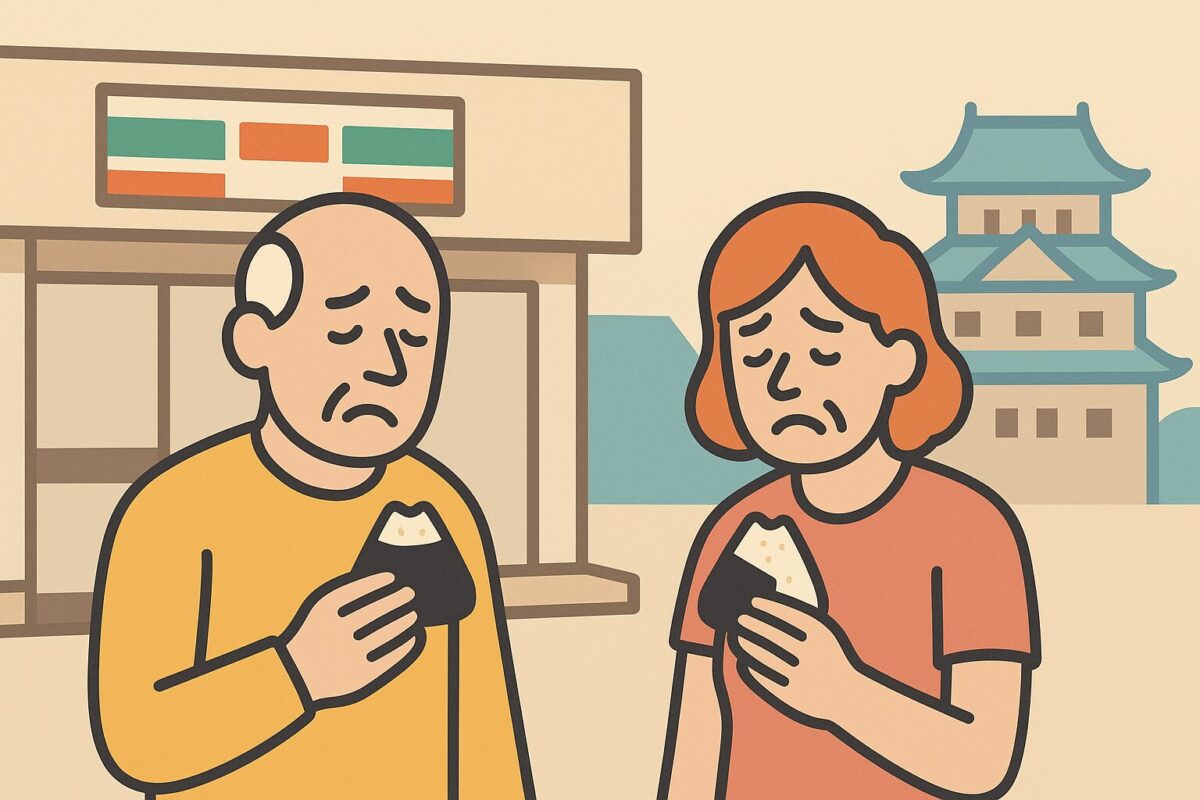
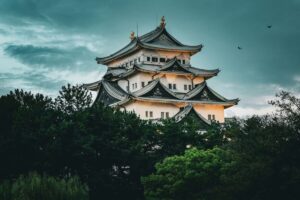
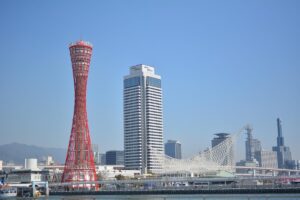
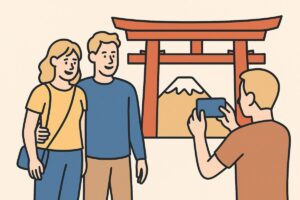
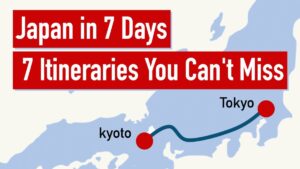
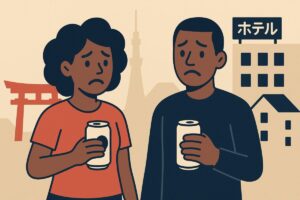

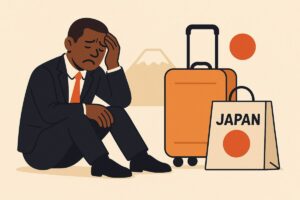
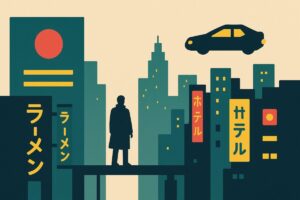
Comments